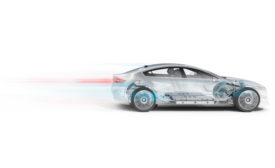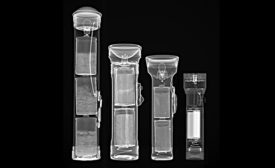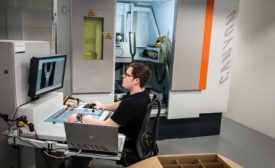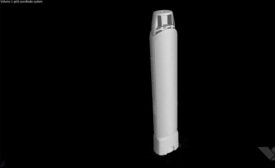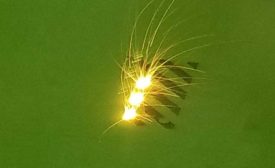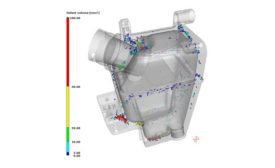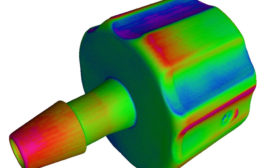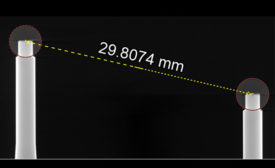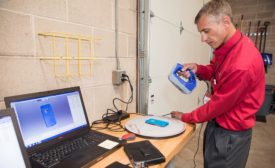Home » CT scanning
Articles Tagged with ''CT scanning''
Meet the quality inspection solutions for all components of E-Mobility: Battery, Power Electronics, E-Motor and Transmission.
Read More
Seeing is Believing: 2D and 3D X-ray Technologies for Nondestructive Testing
X-ray based techniques have many advantages for inspection and quality control.
November 1, 2019
NDT
Industrial CT Raises the Bar for Canyon Bicycles
Inspection with the use of industrial X-ray and computed tomography has helped Canyon Bicycles raise the bar on quality and safety.
October 1, 2019
NDT
4 Reasons Why CT is the Best Method for Medical Device Quality Inspection
CT is a huge benefit to the medical device industry and will only continue to grow.
October 1, 2019
NDT in Aerospace
Additive Manufacturing and the Inspection Processes
It is an exciting time to be in additive manufacturing.
July 8, 2019
Computed Tomography Scans: The Latest Tool for Industrial Quality Evaluation
There is virtually no limit to the quality evaluation applications of CT scanning.
February 1, 2019
How CT Scanning Is Enhancing the Quality and Manufacturability of Medical Devices
This inspection technique is highly valuable for industrial metrology.
November 8, 2018
Computed Tomography: Optimizing Large Quantity Automated Measurements
Learn more about automated measurement techniques for large quantity screening applications.
October 8, 2018
Dispelling the Myths of CT
Advanced robotics, faster computers, and lean manufacturing processes are all combining to improve the efficiency of manufacturing.
October 1, 2018
INDUSTRY HEADLINE
Exact Metrology Hosts Dual Open Houses Demonstrating Newest Products And Equipment In Metrology
July 16, 2018
Stay in the know with Quality’s comprehensive coverage of
the manufacturing and metrology industries.
eNewsletter | Website | eMagazine
JOIN TODAY!Copyright ©2025. All Rights Reserved BNP Media.
Design, CMS, Hosting & Web Development :: ePublishing
